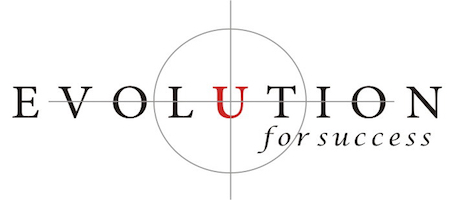Can the Pomodoro Technique Work For You as a Productivity Hack?
Looking for ways to stay focused and boost your productivity? Sometimes, no matter how much you know you need to, it feels nearly impossible to make yourself sit down and get work done. And working from home —whether it’s by design or as a consequence of the coronavirus pandemic— is definitely not helping.
But there are focus strategies and productivity hacks that can help you fight procrastination and overwhelm.
Whether it’s because you actually hate doing whatever it is you need to do or because the magnitude of the task makes it feel overwhelming, the Pomodoro Technique is a great strategy to get past that internal resistance to get things done.
For those of you who haven’t tried it, the Pomodoro Technique was developed by Francesco Cirillo in the late 1980s using a tomato-shaped kitchen timer (called a pomodoro) that Cirillo used himself when he was a student.
The idea is simple and remarkably effective: you commit to working and hyperfocusing on one single task for short bursts of time —usually, 25 minute increments. This chunks down the work in manageable time segments, so you subconsciously put up less resistance. But it goes beyond that. Because you solely focus on one task and eliminate all distractions during that time segment (eg, no checking your phone, social media feeds, email), you end up being more productive.
The Pomodoro Method at a glance
- First, choose one task and one task ONLY.
- Put your phone on airplane mode, close the office door, turn off all notifications on your computer and shut out both the physical and digital world. Software like Omwriter can help.
- Now, set a timer for 25 minutes.
- you can use an app like Focus Keeper and Focus Booster, or a web application like https://tomato-timer.com/
- Expect resistance for the first few minutes as the brain works to engage, get focused and push past it. After the initial discomfort, you will get into the flow of it. Then, just keep working on the task until the timer rings.
- When the timer goes off, take a 5-minute break
- Get up, relax your gaze (scientists have found, relaxing your eyes by looking at the horizon will help you focus deeper during the next segment), go make yourself a cup of coffee.
- When your break is done, repeat 1 through 4 three more times, followed by a 15-minute break.
With the Pomodoro Technique, the emphasis is on boosting your productivity.
25 minutes doesn‘t sound a lot, but that’s 25 minutes of completely uninterrupted work. By working in small chunks, you optimize your brainpower, and by taking breaks you stop before that brainpower gets drained. The idea of chunking down tasks is not revolutionary, but the simplicity of the method is what makes it work. It can be as low tech as you need it to be. And the idea of mono-tasking vs multitasking is rooted in science. We lose “transition time” and brain power every time we switch tasks. In fact, in a study from the University of California Irvine, researchers found that once interrupted “it takes an average of 23 minutes and 15 seconds to get back to the task.“ That efficiency loss adds up over time and impacts our overall output every day.
But of course, different approaches work better for different types of tasks. In the end, the goal of using a productivity technique isn’t to follow its rules to the letter. Much like you would a recipe, take the method and put your own spin on it.
The key to using the pomodoro technique is adapting it to your own needs and work environment.
For instance, if you need to work on things you hate or you need to do shallow tasks like admin work, using the Pomodoro Technique as is, works very well. But if you need to get some creative work done or you are working on a task that inspires you, 25 minute segments might be much too short and could actually work against you. The mere ringing of the timer when you are in the flow could be enough of an interruption to throw you off your game. In that case, either lengthen the time segments, or do away with the time portion altogether and only keep the unitasking and distraction-free aspect of the Pomodoro Technique.
Similarly, flexibility is critical when it comes to when and where to use this productivity boosting strategy. This is the perfect tool to fight procrastination or maximize small blocks of time that normally go to waste like the time before a meeting or at the end of the day. But obviously, if you go from client to client as I often do, it makes no sense to rigidly try to stick to the plan. Don’t let the rules get in the way of the outcome. The goal is to be more focused and more productive. Experiment with the method until you laser in on when it makes sense to use this method.
Personally, as I work on creating my new online course, I have found that implementing the Pomodoro Technique has been one of the greatest hacks to increase my writing efficiency and boost my productivity.
Let me know how it goes for you!



 Evolution for Success Executive Coaching
Evolution for Success Executive Coaching

